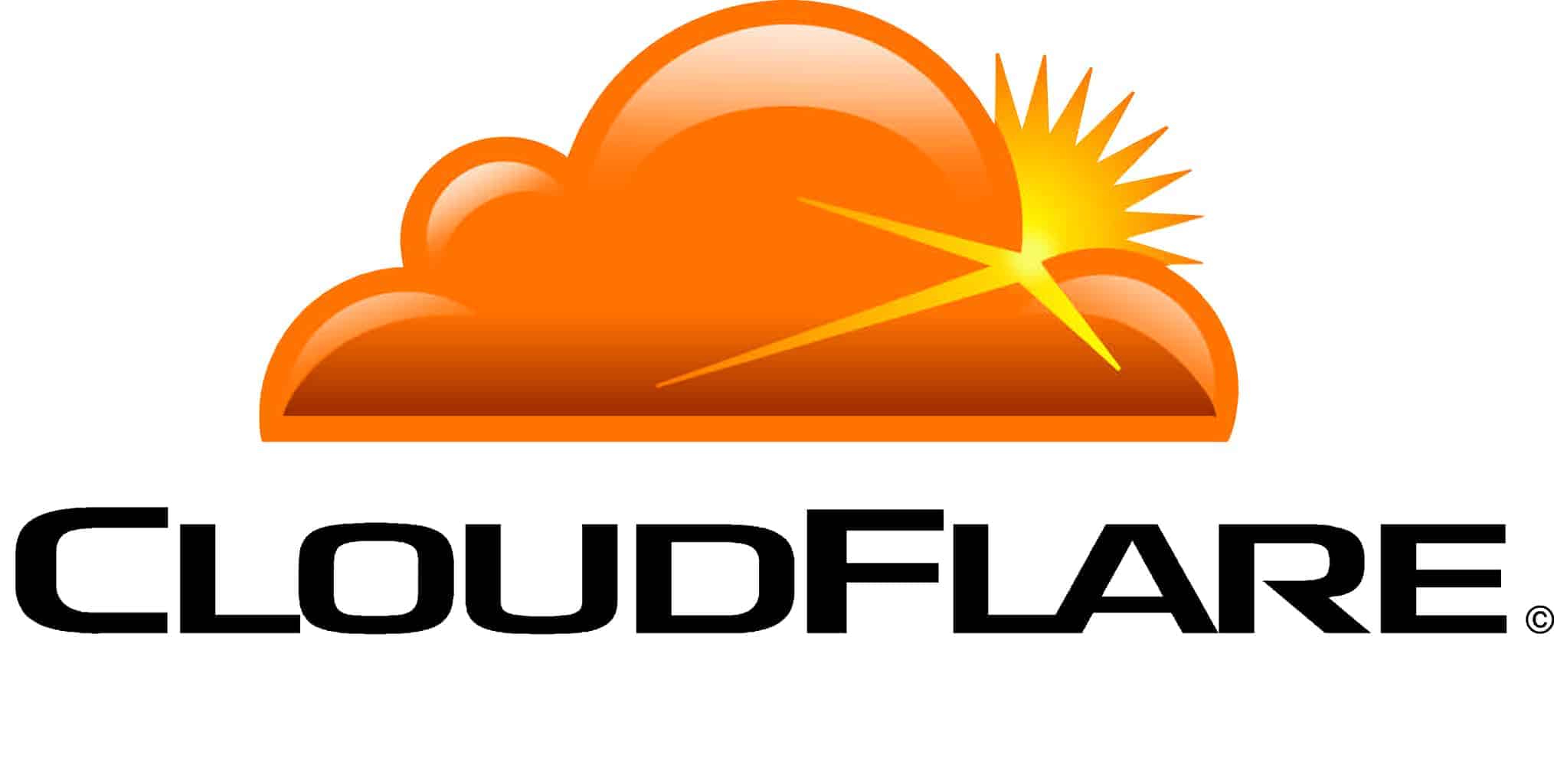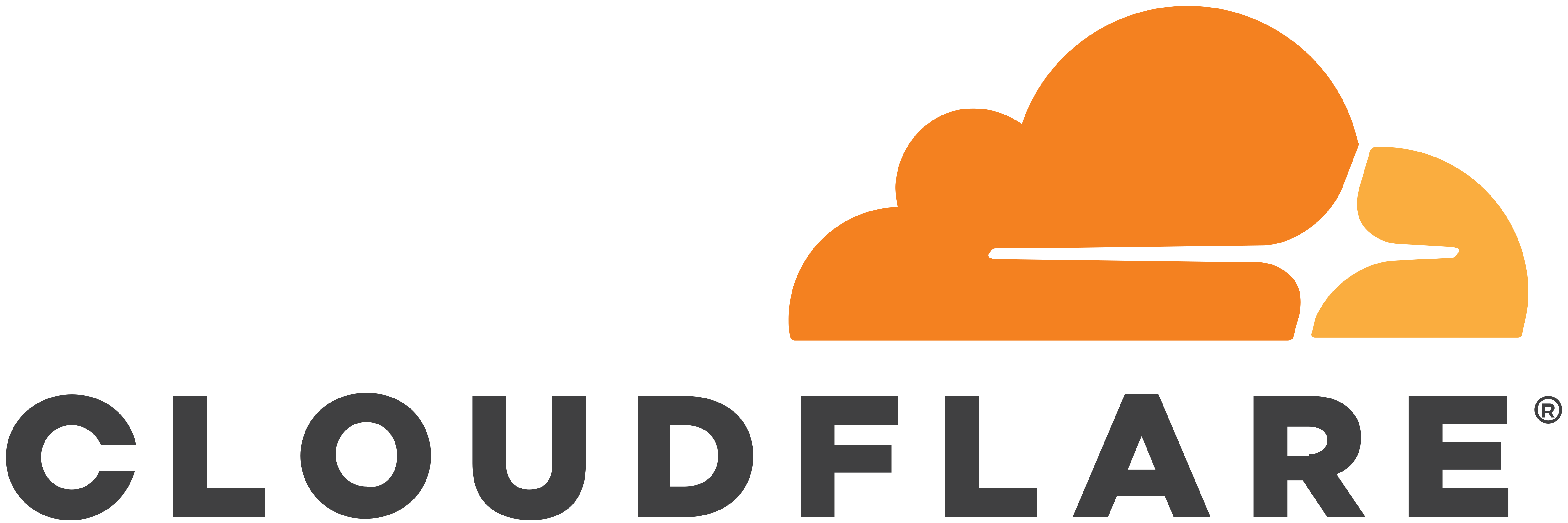Cloudflare’s Solutions for Shielding Against Web Scraping

Web scraping, the automated extraction of data from websites, has become prevalent in the digital age. This practice can pose significant challenges to website owners, enabling unauthorized data collection and potential misuse. Cloudflare offers a comprehensive suite of solutions to combat web scraping and safeguard data integrity.

1. Browser Integrity Check:

Cloudflare employs advanced techniques to detect non-human traffic and identify automated scraping bots. By scrutinizing browser headers, user behavior, and device fingerprints, Cloudflare can effectively distinguish legitimate users from malicious scrapers, preventing unauthorized data extraction.
2. Rate Limiting:
Cloudflare implements rate limiting mechanisms to throttle the number of requests from a single IP address or device. This restriction prevents scrapers from overwhelming websites with excessive requests, effectively curbing data extraction efforts. Website owners can customize rate limits based on their specific needs, balancing accessibility for genuine users while blocking unwarranted scraping.
3. CAPTCHA and Bot Management:
CAPTCHA (Completely Automated Public Turing Test to Tell Computers and Humans Apart) is a widely employed method to distinguish human users from scraping bots. Cloudflare’s CAPTCHA service deploys sophisticated algorithms to assess user behavior and interactions, making it challenging for scrapers to bypass. Additionally, Cloudflare’s bot management solutions analyze traffic patterns and device characteristics to block known scraping bots, further enhancing website protection.
4. Behavioral Analysis:
Cloudflare employs advanced behavioral analysis techniques to monitor website traffic patterns and identify suspicious activities. By analyzing request sequences, timing patterns, and content interactions, Cloudflare can pinpoint abnormal behavior typical of scraping bots. This proactive approach allows Cloudflare to block malicious scrapers before significant data is extracted, safeguarding website content from unauthorized access.
5. Web Application Firewall (WAF):
Cloudflare’s WAF provides a robust layer of defense against a wide range of web attacks, including web scraping. The WAF utilizes predefined rules and custom configurations to monitor and filter incoming traffic, blocking requests that exhibit malicious intent. This multi-faceted approach further solidifies website protection, preventing data extraction and unauthorized access to sensitive information.Cloudflare’s Solutions For Protecting Against Web Scraping
Executive Summary
Web scraping is a growing problem for businesses of all sizes. By using automated software to extract data from websites, scrapers can steal sensitive information, damage reputations, and even lead to legal liability. Cloudflare offers a range of solutions to protect websites from web scraping, including:
- Bot Management: Cloudflare’s bot management solution uses machine learning to identify and block malicious bots that scrape websites.
- WAF (Web Application Firewall): Cloudflare’s WAF can be configured to block specific scraping techniques, such as data exfiltration and brute force attacks.
- Rate Limiting: Cloudflare’s rate limiting feature can be used to limit the number of requests that a single IP address can make to a website, making it more difficult for scrapers to operate.
Introduction
Web scraping is the automated extraction of data from websites. While some web scraping is done for legitimate purposes, such as research and data analysis, much of it is done with malicious intent. Scrapers can steal sensitive information, damage reputations, and even lead to legal liability.
Cloudflare offers a range of solutions to protect websites from web scraping. These solutions are designed to detect and block scrapers, while allowing legitimate traffic to pass through.
FAQ
1. What is web scraping?
Web scraping is the automated extraction of data from websites. Scrapers use software to access websites and extract data, such as text, images, and videos.
2. Why is web scraping a problem?
Web scraping can be a problem because it can:
- Steal sensitive information, such as customer data, financial information, and trade secrets.
- Damage reputations by stealing content or spreading false information.
- Lead to legal liability if it violates copyright laws or other regulations.
3. How can I protect my website from web scraping?
Cloudflare offers a range of solutions to protect websites from web scraping. These solutions include:
- Bot Management: Cloudflare’s bot management solution uses machine learning to identify and block malicious bots that scrape websites.
- WAF (Web Application Firewall): Cloudflare’s WAF can be configured to block specific scraping techniques, such as data exfiltration and brute force attacks.
- Rate Limiting: Cloudflare’s rate limiting feature can be used to limit the number of requests that a single IP address can make to a website, making it more difficult for scrapers to operate.
Top 5 Subtopics
1. Bot Management
Bot management is a set of techniques used to identify and block malicious bots. Cloudflare’s bot management solution uses machine learning to identify and block bots that exhibit suspicious behavior, such as:
- Making a large number of requests in a short period of time
- Accessing website pages that are not typically accessed by humans
- Using known scraping tools or techniques
2. WAF (Web Application Firewall)
A WAF is a security device that monitors and filters traffic to a website. Cloudflare’s WAF can be configured to block specific scraping techniques, such as:
- Data exfiltration
- Brute force attacks
- SQL injection attacks
3. Rate Limiting
Rate limiting is a technique used to limit the number of requests that a single IP address can make to a website. This can make it more difficult for scrapers to operate, as they will be unable to make a large number of requests in a short period of time.
4. CAPTCHAs
CAPTCHAs are challenges that are used to distinguish between humans and bots. CAPTCHAs can be used to protect websites from scraping by requiring users to solve a challenge before they can access the website.
5. Data Leak Prevention
Data leak prevention (DLP) is a set of techniques used to prevent sensitive data from being leaked outside of an organization. DLP can be used to protect website data from being scraped by:
- Identifying sensitive data
- Blocking the transfer of sensitive data outside of the organization
- Monitoring for suspicious activity
Conclusion
Web scraping is a growing problem for businesses of all sizes. Cloudflare offers a range of solutions to protect websites from web scraping, including bot management, WAF, rate limiting, CAPTCHAs, and data leak prevention. These solutions are designed to detect and block scrapers, while allowing legitimate traffic to pass through.
